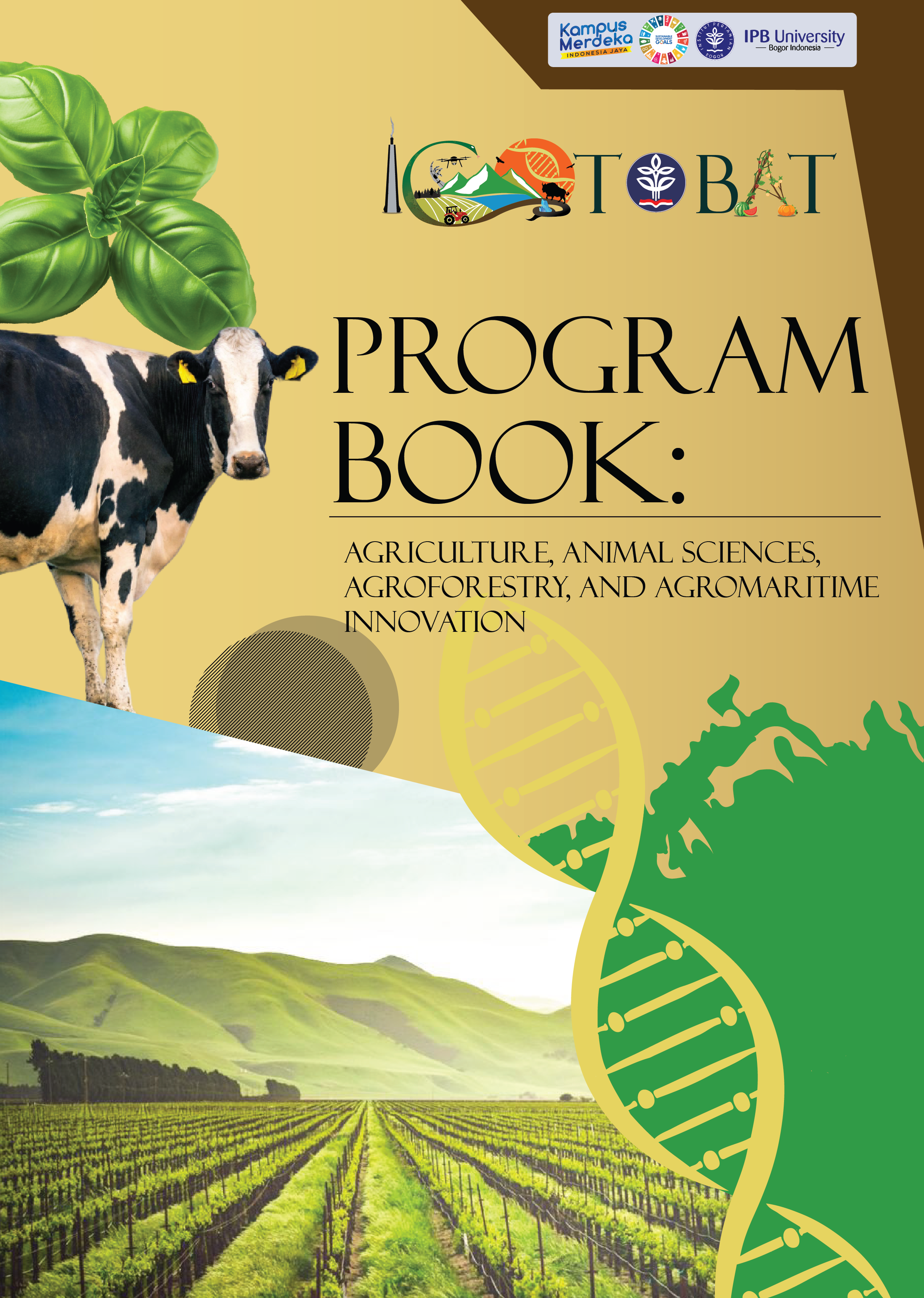Morphological characterization of 23 Genotypes Local chili (Capsicum annum L.) from West Sumatera Indonesia
Abstract
West Sumatra is one of the producers of chilies (Capsicum annum) in Indonesia, so it has a high diversity of local types of curly chilies. There is not much-known information about the diversity of local chilies from West Sumatra. This research aims to carry out morphological characterization and determine genetic diversity based on morphological characters. This research used a complete randomized block design with 23 local West Sumatran chili genotypes treated and repeated 3 times. The morphological characteristics observed included leaf, stem, flower and fruit characters. The research results showed that based on the quantitative morphological characters shows that 23 chili genotypes were divided into two main groups with genetic similarity coefficient values ranging from 0.72 to 0.92 or a diversity of characteristics of 0.08 to 0.28 (28%). Group I consists of 14 genotypes, and group II consists of 9 genotypes. The dendrogram constructed using qualitative morphological characters shows that three local genotypes are unique compared to the others, namely the Tali, Kampung Manangah and Keriting Bukit Tinggi genotypes. Mapping based on morphological characters related to production (number of fruit per plant, fruit weight per plant, weight per fruit, fruit length and fruit diameter) produces local chilies that have high production potential, including Randah, Kampung Manangah, Kaput, Lontabar, Lemarsi, and TDS.





























